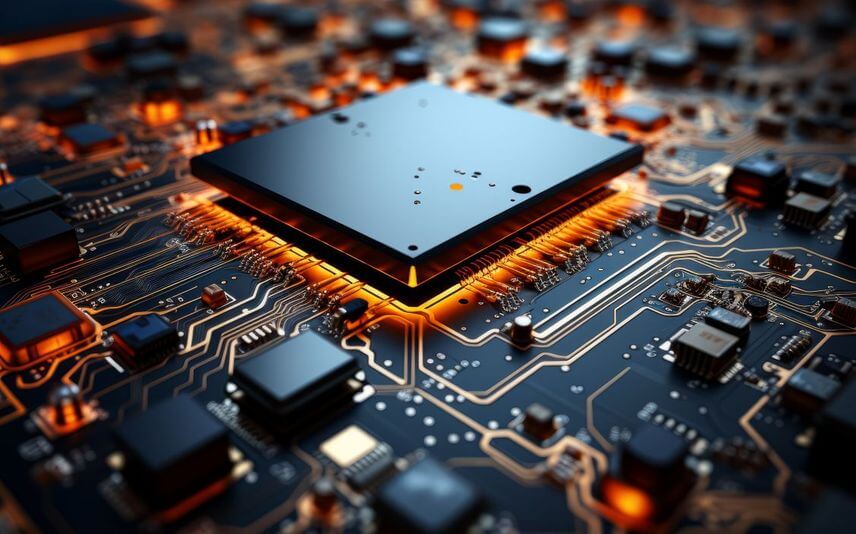The relentless march of technological advancement has brought immense benefits, but it has also cast a long shadow on the environment. The energy consumption of computing devices, from sprawling data centers to the smartphones in our pockets, is a growing concern. However, a new wave of innovation is emerging in the realm of chip design, promising to significantly reduce energy use and foster a more sustainable approach to technology.
The traditional focus in the integrated circuit (IC) industry has been on optimizing power, performance, area, and cost (PPAC). But the escalating climate crisis demands a paradigm shift towards PPAC-E, where environmental impact is a central consideration in every stage of chip design and manufacturing. This new approach acknowledges the necessity of sustainable growth and compels the IC industry to contribute meaningfully to global decarbonization efforts, such as those outlined in the Paris Agreement.
One of the most promising avenues for reducing energy consumption lies in the development of energy-efficient microchips. Neuromorphic chips, inspired by the human brain's efficient processing methods, offer significant potential for minimizing energy consumption in AI systems and other high-performance applications. Researchers at the University of Minnesota have developed computational random-access memory (CRAM), a technology that processes data directly within memory, thereby eliminating the energy-intensive data transfers between logic and memory modules. This innovation slashes AI energy consumption by potentially 1,000 times compared to traditional methods.
The choice of materials and manufacturing processes also plays a crucial role in energy efficiency. The exploration of energy-efficient materials like silicon carbide, silicon photonics, and transistor devices such as FinFETs can optimize and reduce energy consumption. For instance, researchers at the University of Virginia are investigating the use of hafnium oxide, manipulated to possess ferroelectric properties, to co-locate computation and memory on a single chip, which significantly reduces energy consumption by minimizing the distance data must travel.
Moreover, innovative architectural approaches such as dynamic voltage and frequency scaling (DVFS), combined with power-performance tradeoffs, can lead to substantial power savings. Synopsys' DSO.ai, an AI-driven chip design application, leverages reinforcement learning to optimize chip designs, achieving significant power reductions while enhancing performance. Google's AlphaChip uses AI to quickly generate chip layouts that enhance performance while reducing energy consumption in computing applications.
The rise of analog chips presents another exciting opportunity. Unlike conventional digital chips that require constant data movement between processing units, analog chips perform computations directly within memory units, drastically reducing energy consumption. IBM has pioneered innovations in analog chip design, utilizing phase-change memory (PCM) technology that operates with much lower energy consumption.
Furthermore, optimizing software and operating systems for power efficiency is crucial. Power management features can adjust energy use based on current task requirements, while virtualization and cloud computing strategies can optimize the utilization of computing resources. Sustainable software development, where developers optimize code for energy efficiency without compromising performance, is also gaining traction.
Several key players in the industry, including IBM, Intel, HP, and Samsung, are actively contributing to green computing. These companies are focusing on reducing energy consumption in data centers, developing energy-efficient chipsets, and implementing recycling programs to reduce e-waste. Initiatives like imec's Sustainable Semiconductor Technologies and Systems (SSTS) program bring together actors in the IC manufacturing supply chain to reduce the industry's carbon footprint through collaboration and innovation.
While challenges remain, such as the computational power required to train AI-driven chip design tools and the need for human oversight, the momentum toward eco-friendly computing is undeniable. By embracing innovative chip designs, sustainable manufacturing practices, and power-efficient software, the technology industry can pave the way for a future where technological progress and environmental sustainability go hand in hand.

















